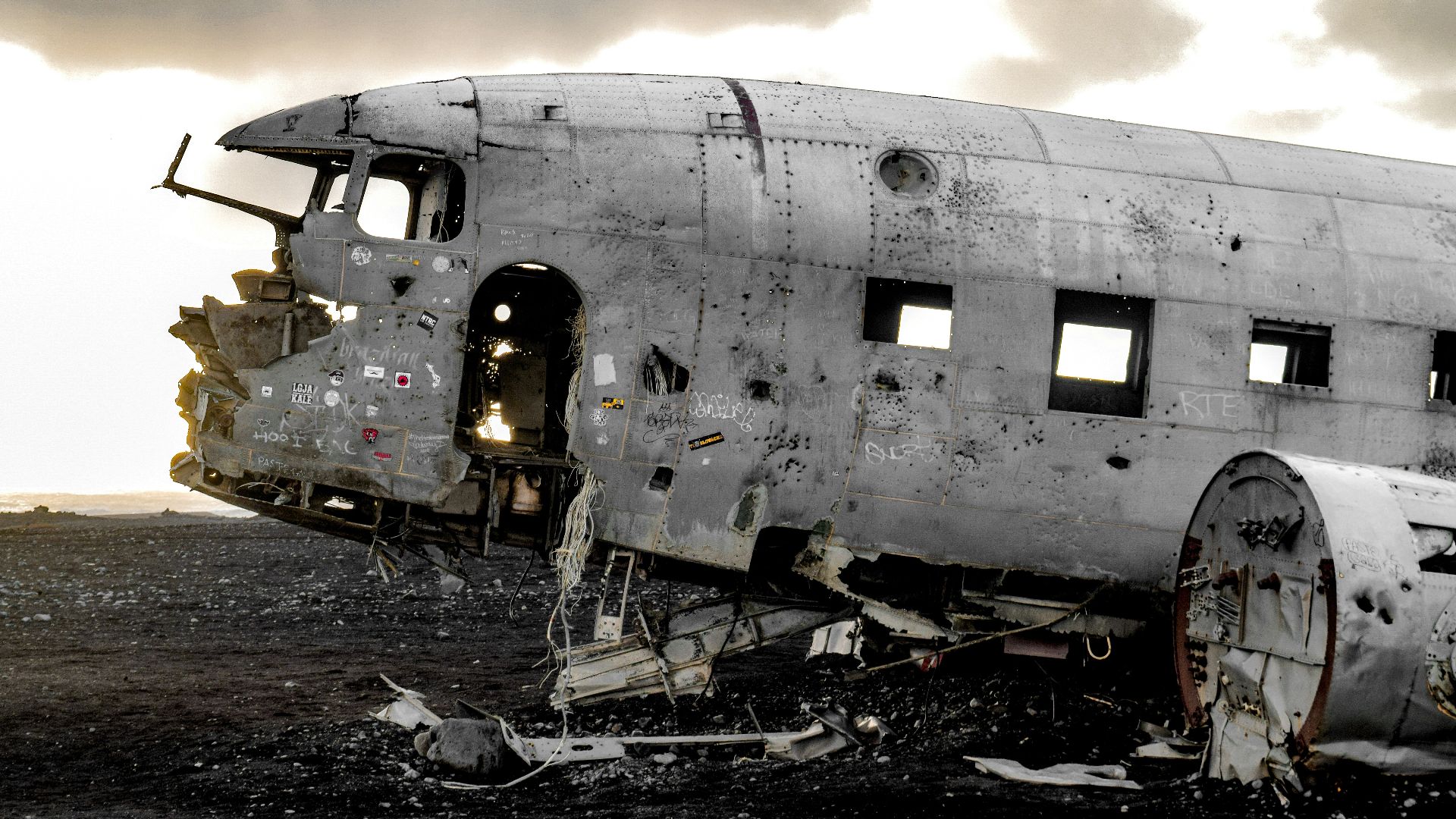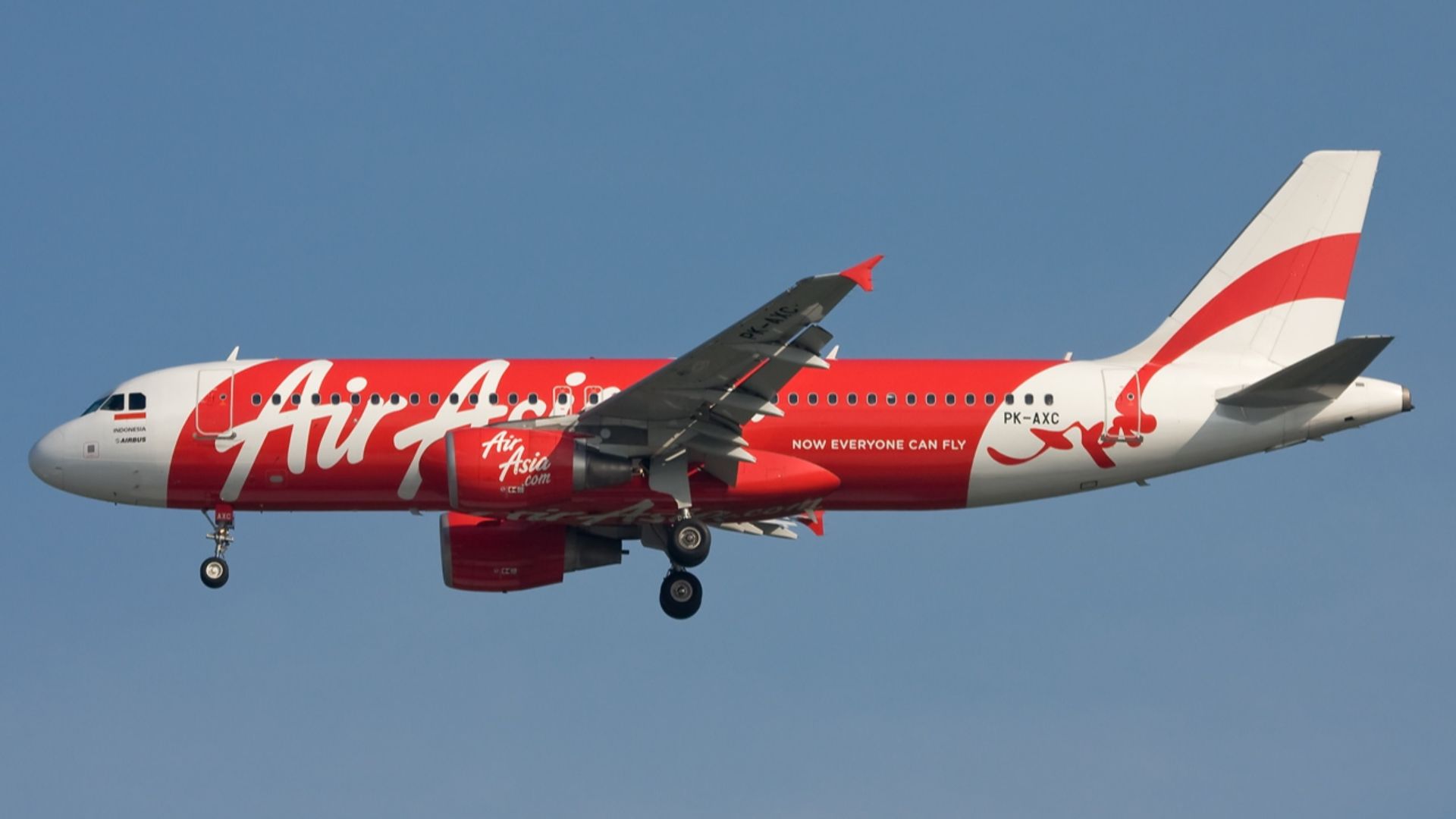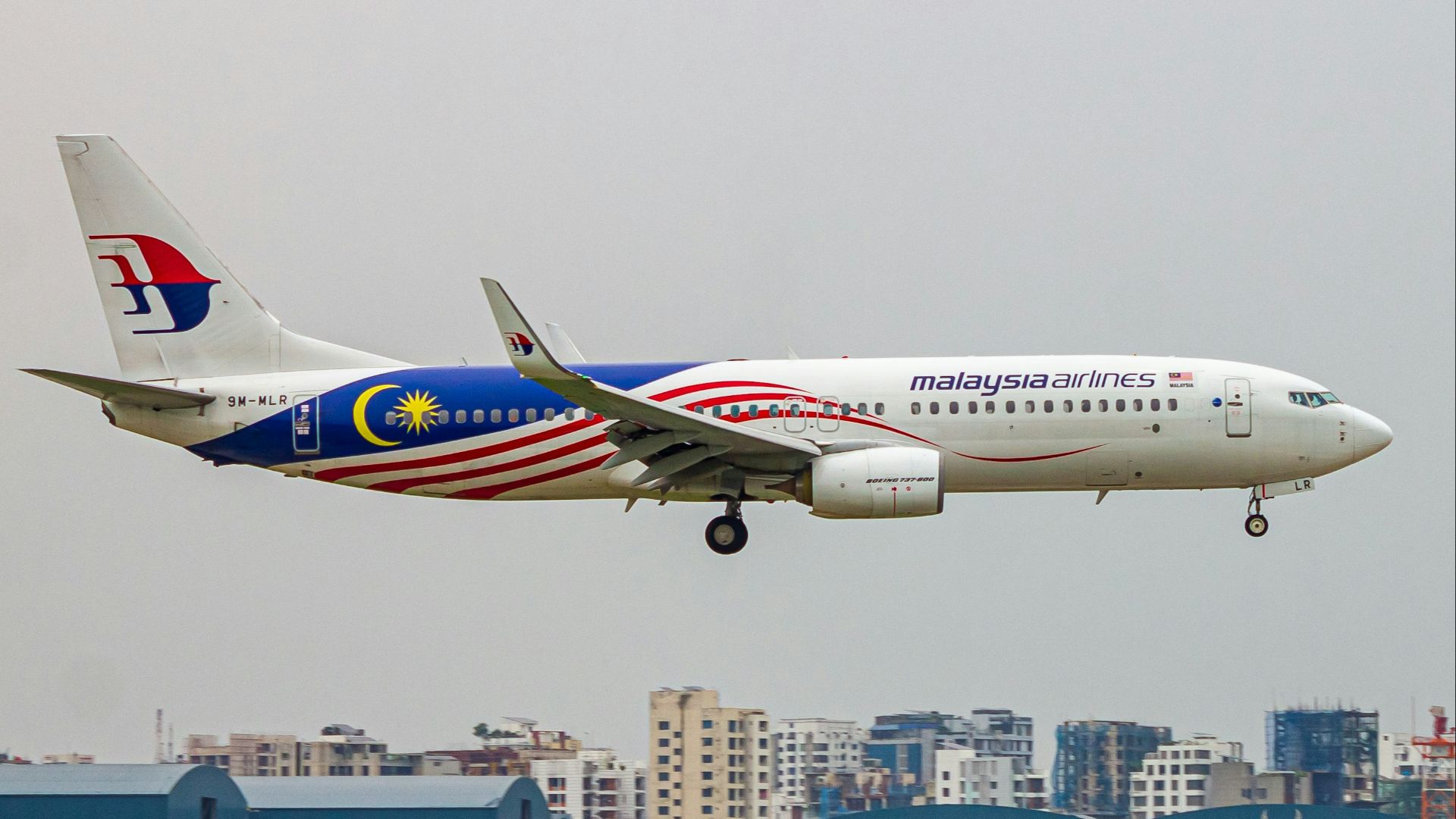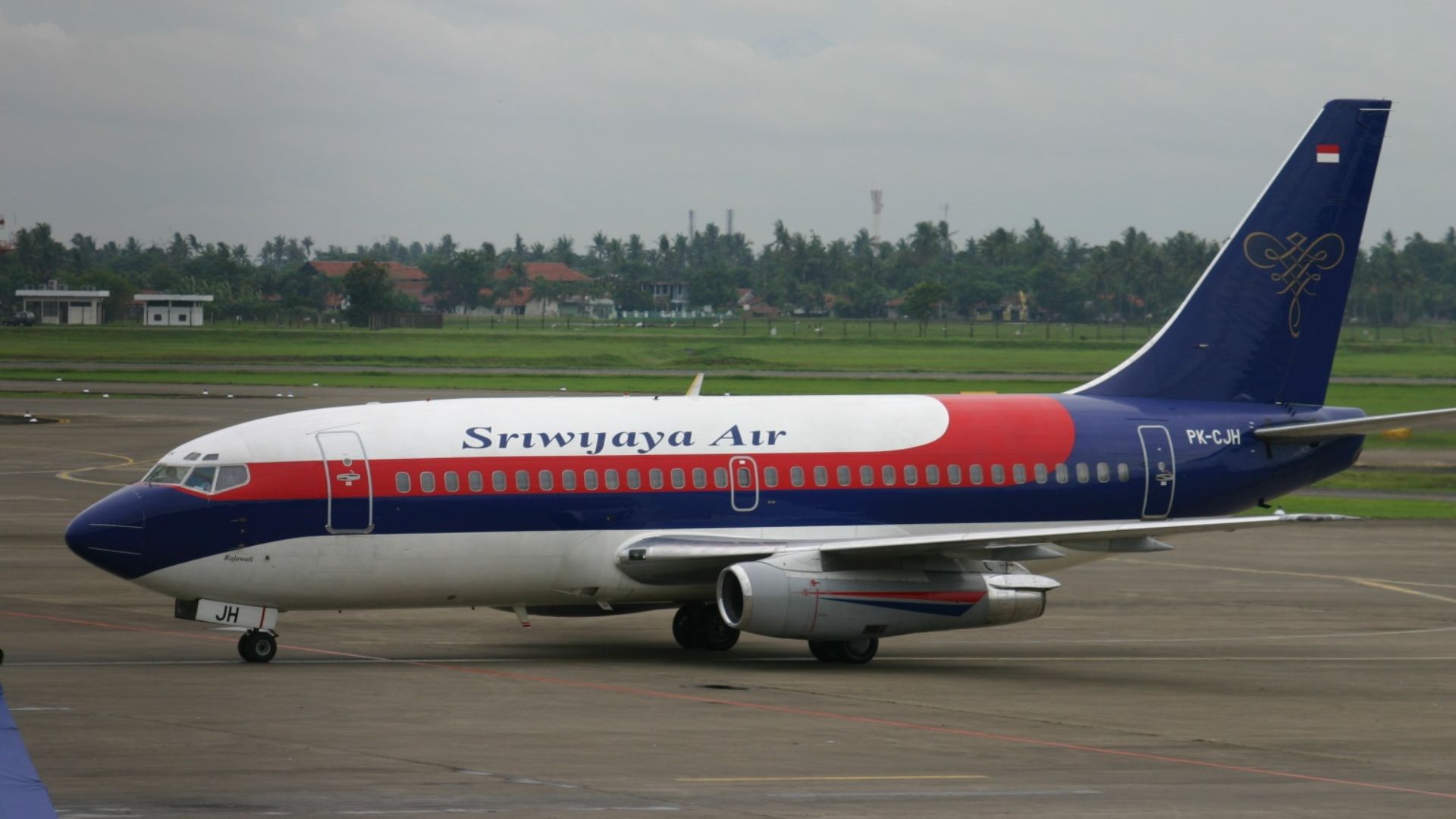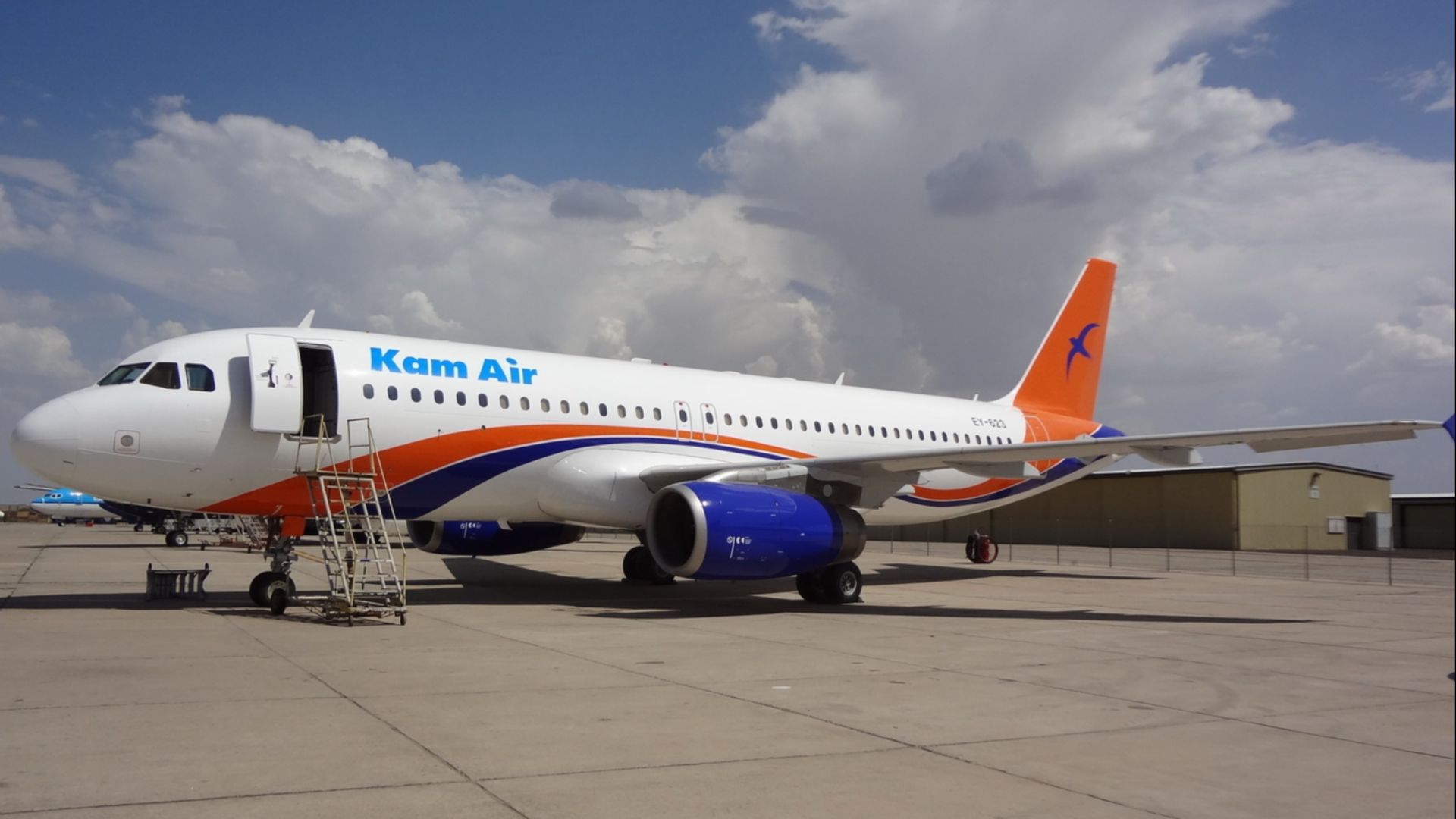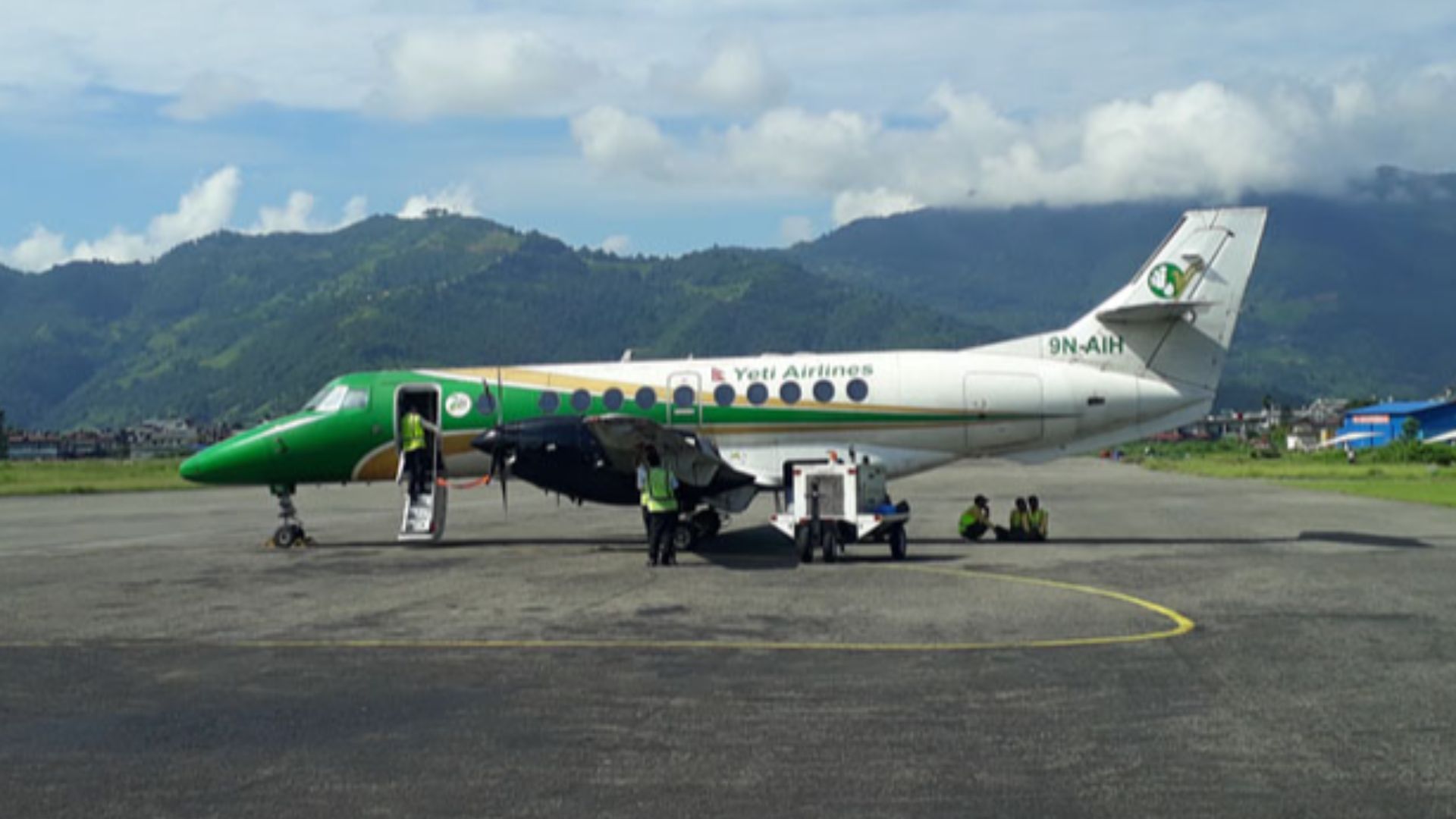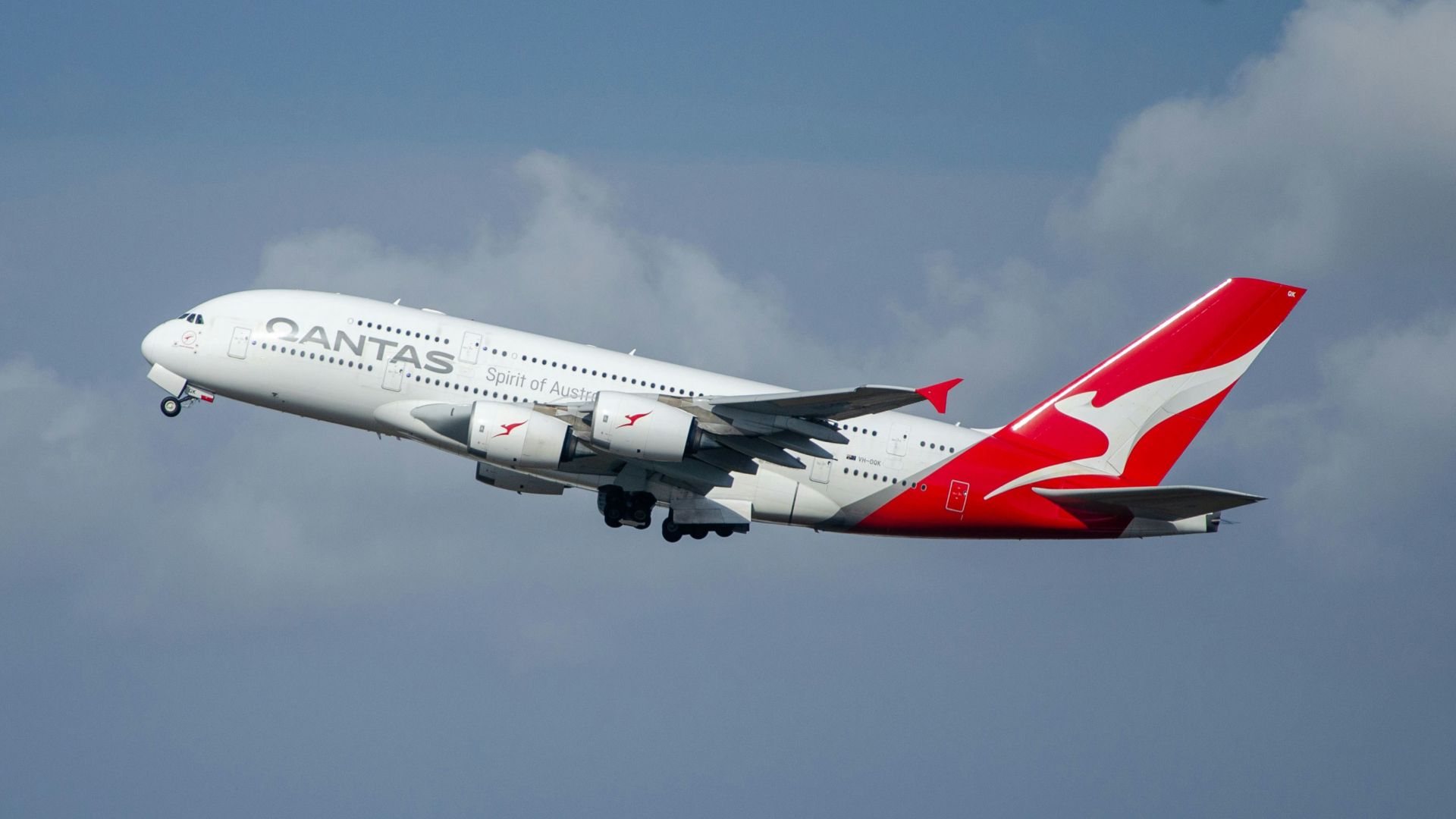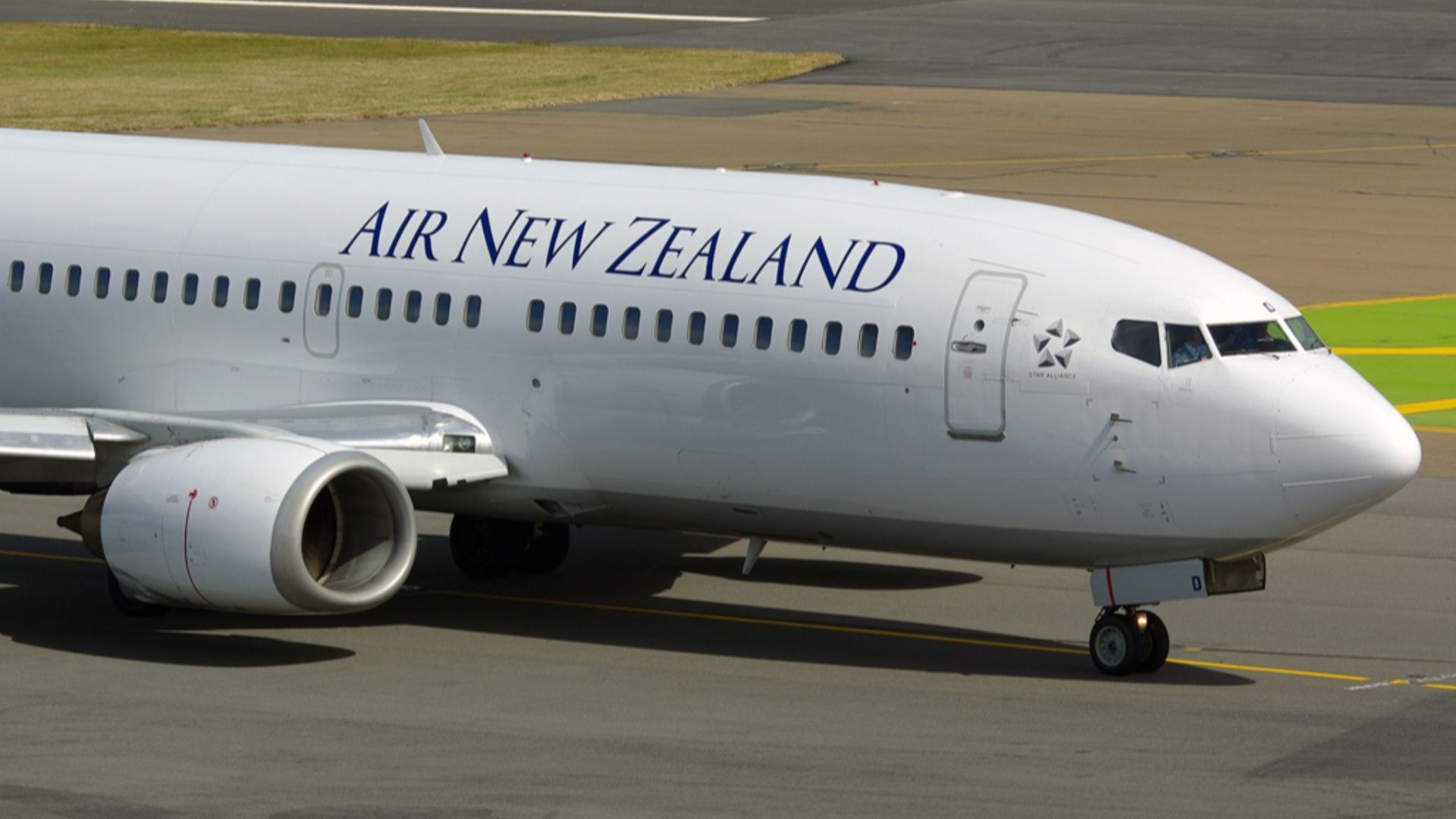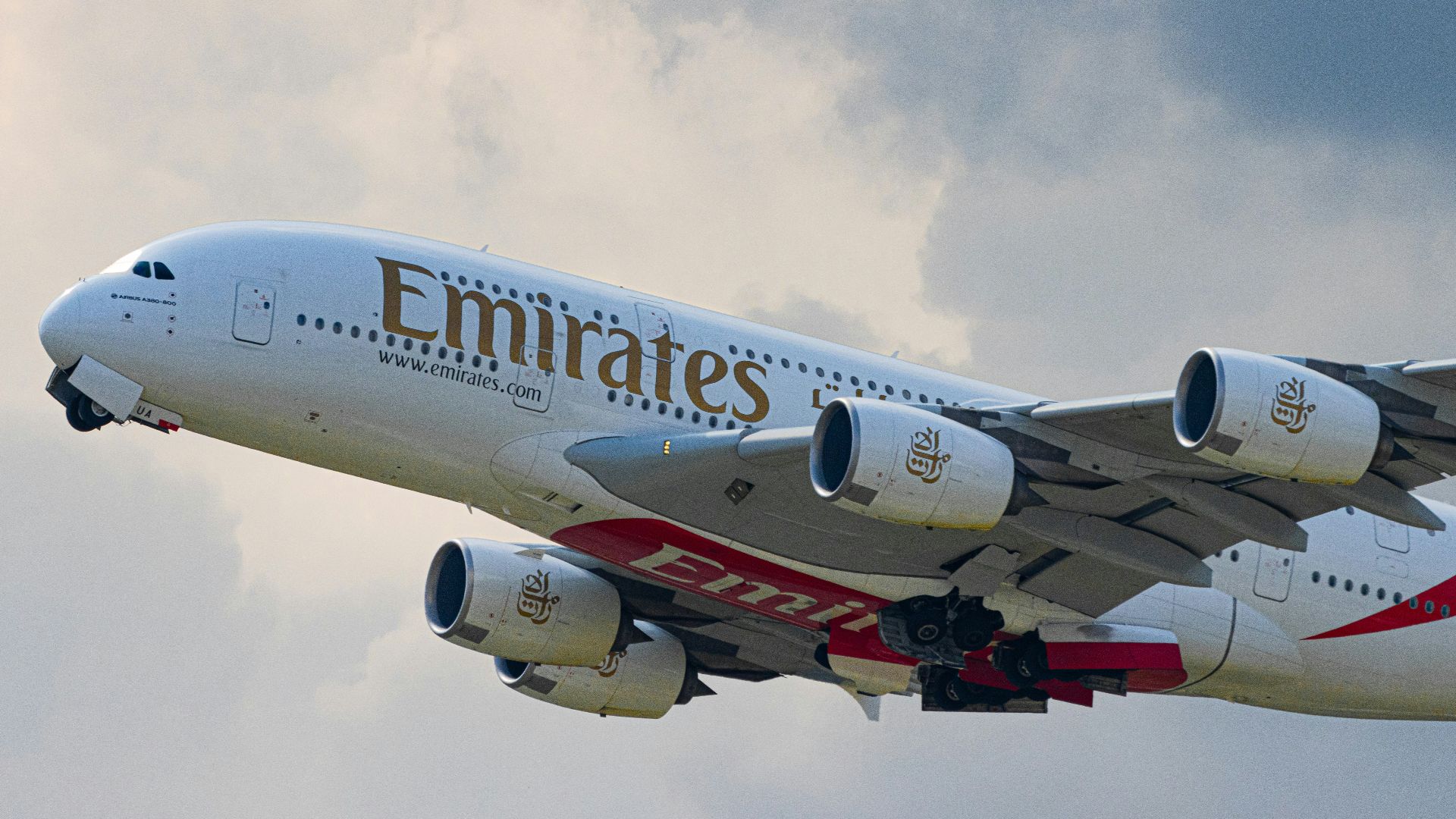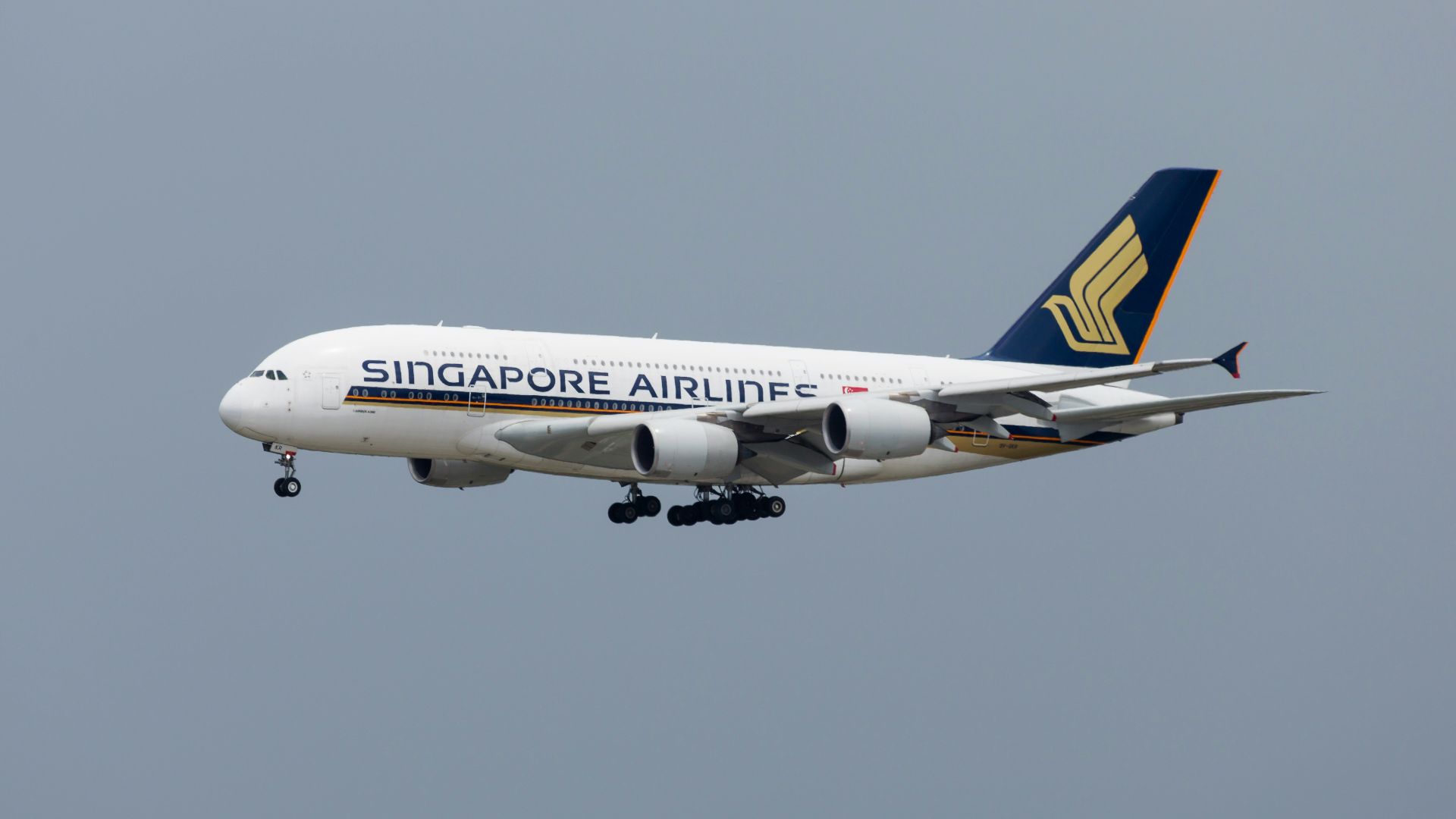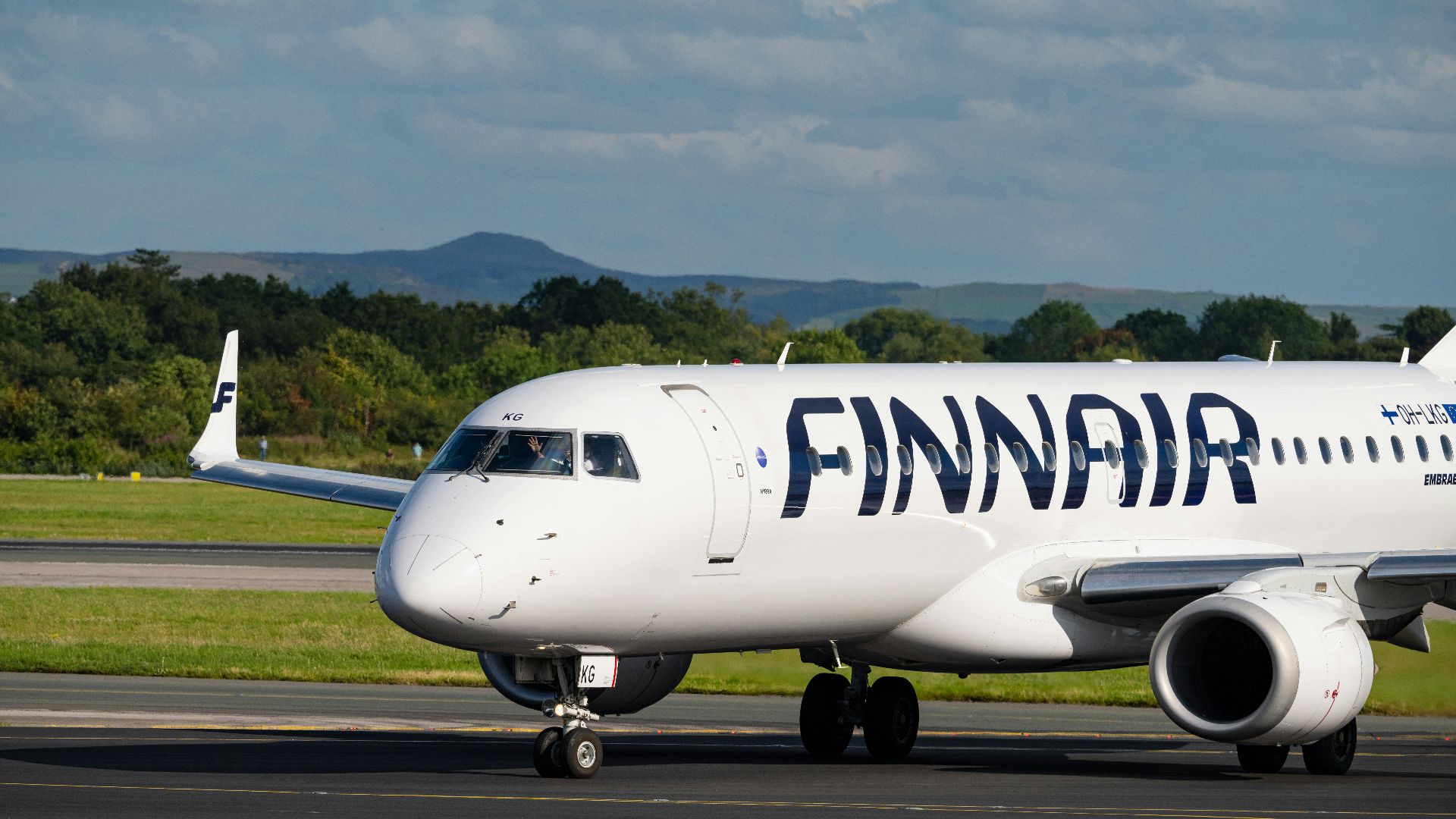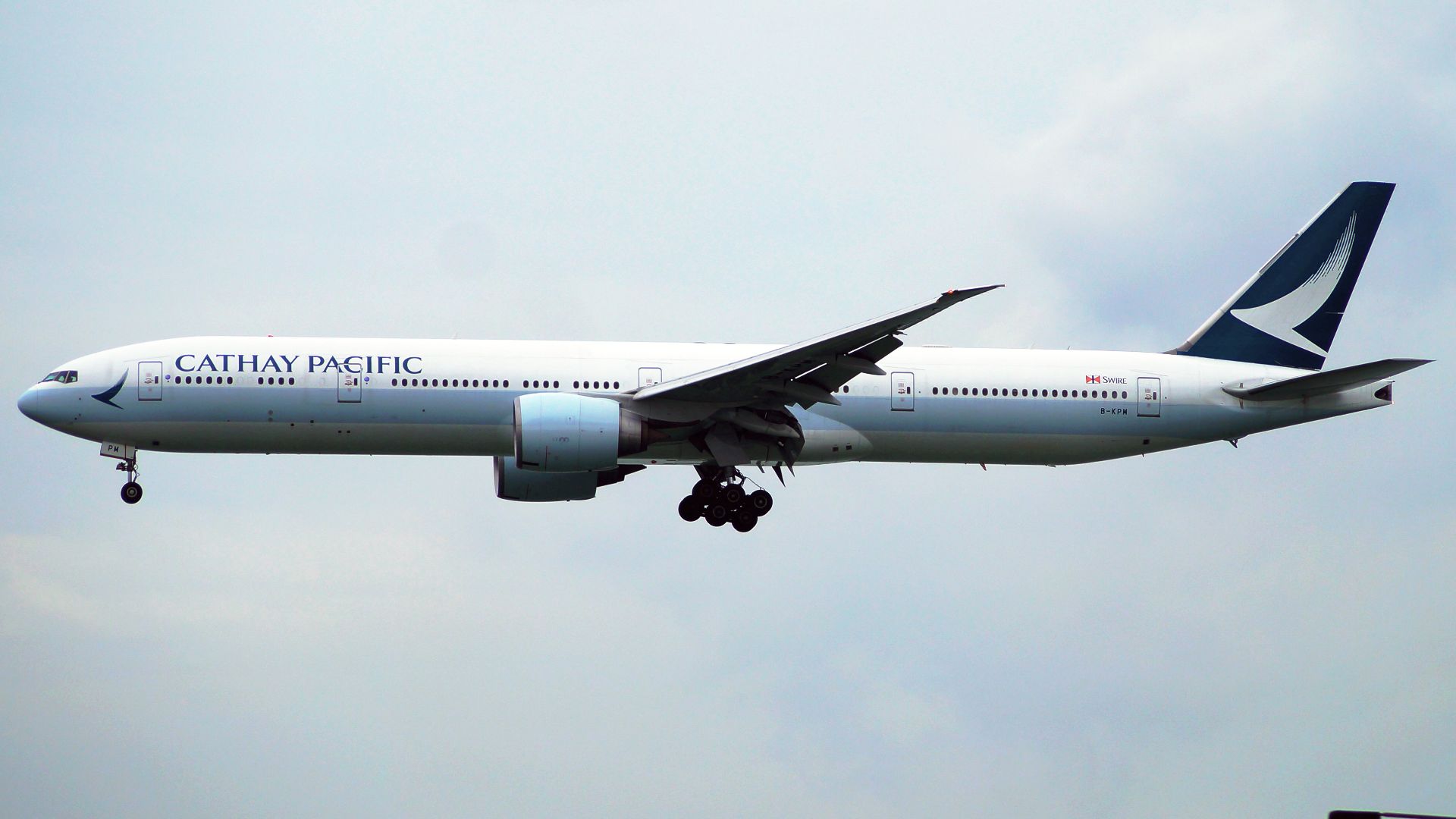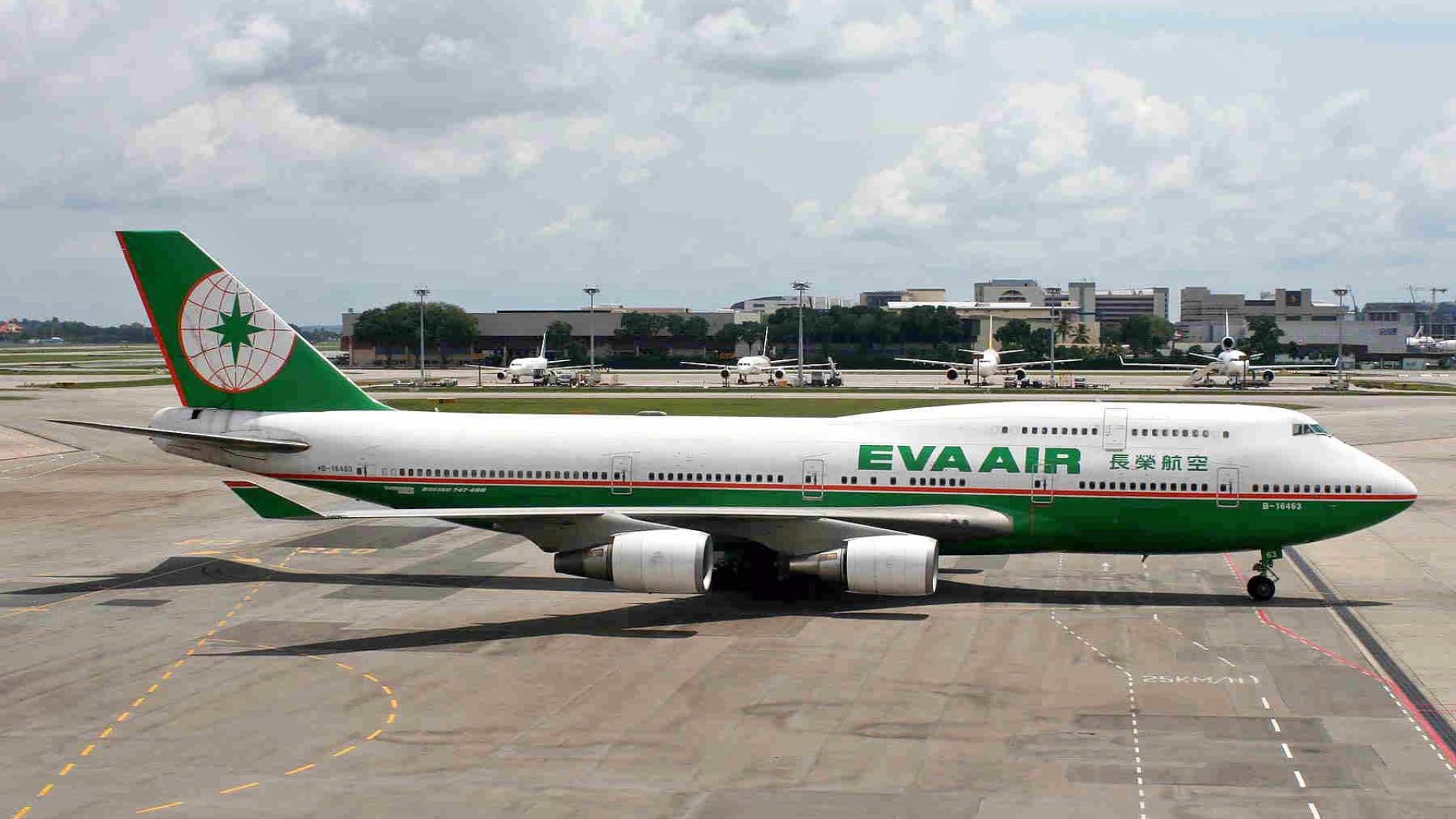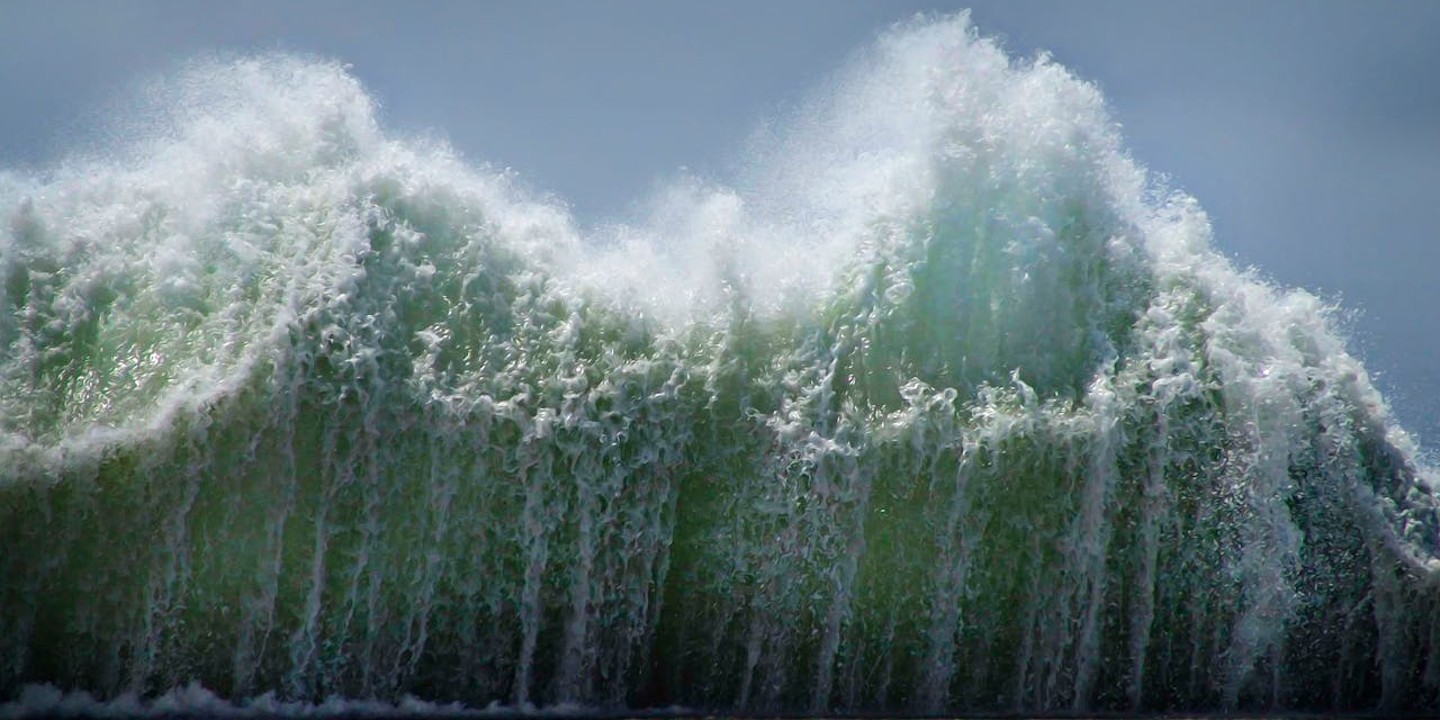The Uncomfortable Truth About Who's Flying You Around
Nobody wants to think about this stuff while they're stress-eating an airport breakfast sandwich at 6 a.m., waiting to board a flight to somewhere that doesn’t speak their language. Airline safety records exist for a reason, and pretending all carriers are created equal is a level of naïveté that can have very real consequences. The numbers tell stories about maintenance culture, pilot training, regulatory oversight, and whether a company values profit margins over the inconvenient expense of keeping planes in the air properly. Some airlines have operated for decades with spotless records while others seem to collect incidents like frequent flyer miles. Here are 10 airlines you want flying you, and 10 you definitely don't.
1. Indonesia AirAsia
They’ve had multiple fatal crashes, including the 2014 Flight QZ8501 disaster that killed all 162 people aboard when the Airbus A320 crashed into the Java Sea. Investigators found issues with maintenance procedures and pilot response to technical failures.
2. Malaysia Airlines
They experienced two catastrophic losses in 2014 alone. Flight MH370 disappeared with 239 people and still hasn't been found, creating what is arguably one of aviation's greatest mysteries. Then MH17 was shot down over Ukraine, killing 298. While the second wasn't completely the airline's fault, the decision to fly that route when others had stopped remains controversial.
3. Pakistan International Airlines
This airline’s troubled history spans decades, with multiple crashes attributed to pilot error, poor maintenance, and questions about pilot licensing. The 2020 crash in Karachi killed 97 people when pilots ignored multiple warnings from air traffic control. The European Union banned PIA from its airspace in 2020 after discovering pilots were flying with fake licenses.
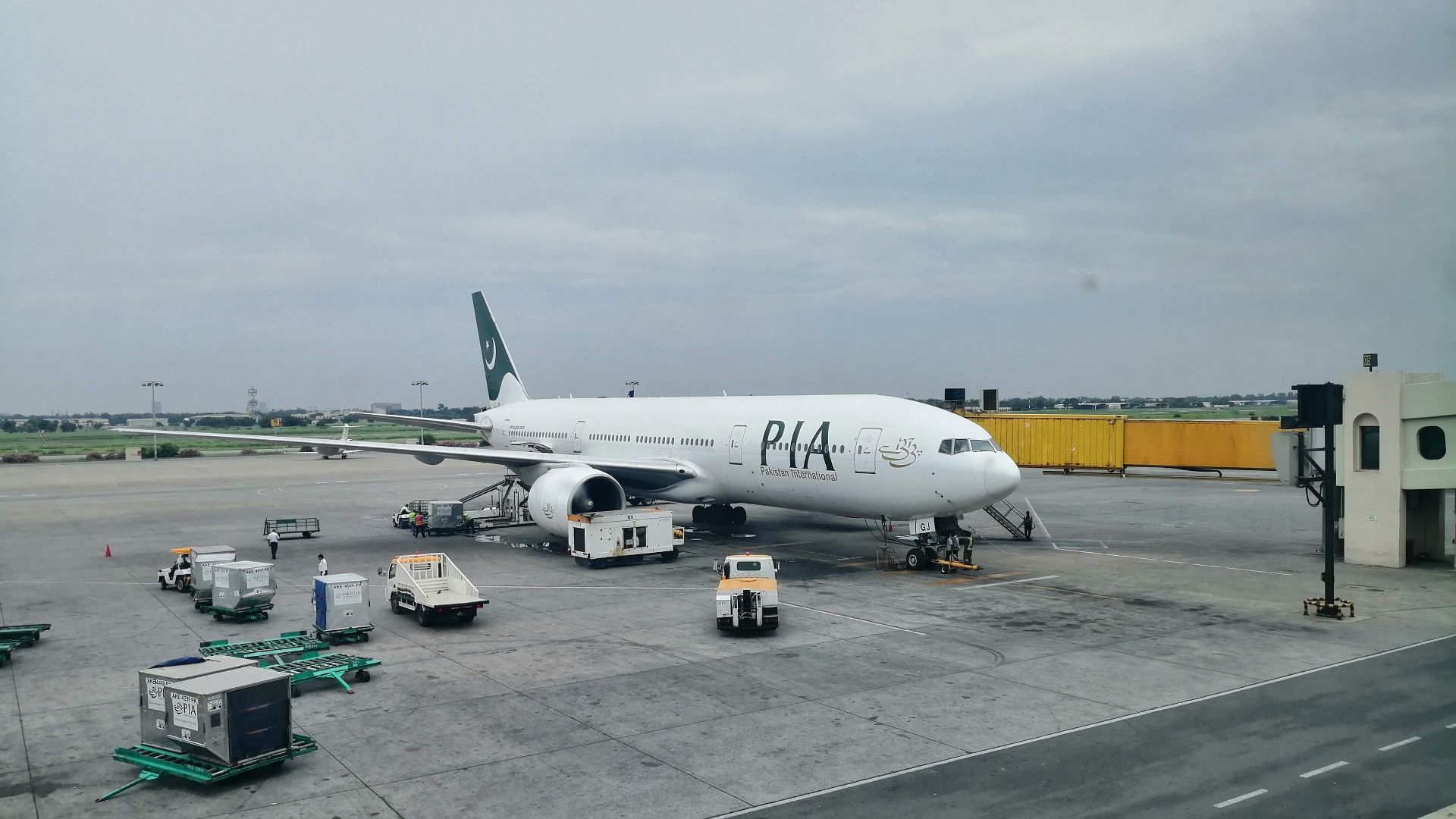 Ahmed Basit (Pakistan) on Wikimedia
Ahmed Basit (Pakistan) on Wikimedia
4. Lion Air
Indonesia's largest private carrier has a safety record that reads like a cautionary tale. The 2018 Flight JT610 crash killed 189 people and was the first of two fatal accidents involving the Boeing 737 MAX. That Lion Air was banned from European airspace tells you all you need to know.
5. Trigana Air Service
This Indonesian regional carrier has had multiple fatal crashes, including a 2015 accident that killed all 54 aboard. That it flies mostly in Papua's challenging terrain doesn't fully explain a record that includes being banned from EU airspace and questions about whether they should be operating at all.
 YSSYguy at English Wikipedia on Wikimedia
YSSYguy at English Wikipedia on Wikimedia
6. Sriwijaya Air
The 2021 crash of Flight SJ182 into the Java Sea killed all 62 people on board. Investigators found issues with an autothrottle system and pilot actions. The airline operates older Boeing 737s, and while age alone doesn't make planes dangerous, maintenance standards absolutely do.
7. Blue Wing Airlines
Suriname's carrier crashed in 2008, killing 19 of 21 people. The reason was identified as pilot error during bad weather, but the airline's overall safety culture and training standards were called into question. Small carriers in developing regions often operate with minimal oversight, which makes these tragedies inevitable.
8. Kam Air
While flying in a snowstorm, Afghanistan's largest private airline had a 2005 crash that killed all 104 people aboard. Operating in Afghanistan presents unique challenges, sure, but the airline's subsequent safety incidents and reports of maintenance issues haven't inspired confidence in the decades since.
9. Yeti Airlines
Nepal's challenging geography makes flying there genuinely difficult, and Yeti's 2023 crash in Pokhara killed 72 people when an ATR 72 plummeted into a gorge. Investigators found the pilots accidentally cut power to both engines. Human error happens everywhere, but the frequency of incidents with Nepali carriers suggests systemic training issues.
10. Air Algérie
The 2014 crash in Mali killed 116 people when an MD-83 went down in bad weather. Questions about pilot training, maintenance standards, and whether flights should have been operating in those conditions never got satisfying answers. The airline's overall safety culture has faced scrutiny from international observers for years.
And now, here are 10 exceptionally safe airlines with near-flawless safety records.
 Abdallahh / Hhussein Abdallah from Montréal, Canada on Wikimedia
Abdallahh / Hhussein Abdallah from Montréal, Canada on Wikimedia
1. Qantas
Australia's flag carrier hasn't had a fatal crash since 1951. They’ve maintained their decades of perfect operations through obsessive maintenance, rigorous training, and a safety culture that permeates everything. That Rain Man scene where Dustin Hoffman insists Qantas never crashed was based on cold, hard facts.
2. Air New Zealand
They had only one fatal accident in 1979 when an Antarctic sightseeing flight hit a mountain. Their safety record over four decades of modern operations is essentially flawless. This small country has a cultural attitude toward safety that treats it like a religion.
3. Emirates
Dubai's massive carrier has had incidents but no fatal passenger crashes in its nearly 40-year history. Operating one of the world's largest fleets of wide-body jets with a safety record this clean requires serious institutional commitment.
4. Etihad Airways
Abu Dhabi's airline launched in 2003 and has maintained a perfect fatal crash record since. Being relatively young helps, but plenty of young airlines have crashed. Etihad invests heavily in training and operates modern aircraft with stringent maintenance protocols.
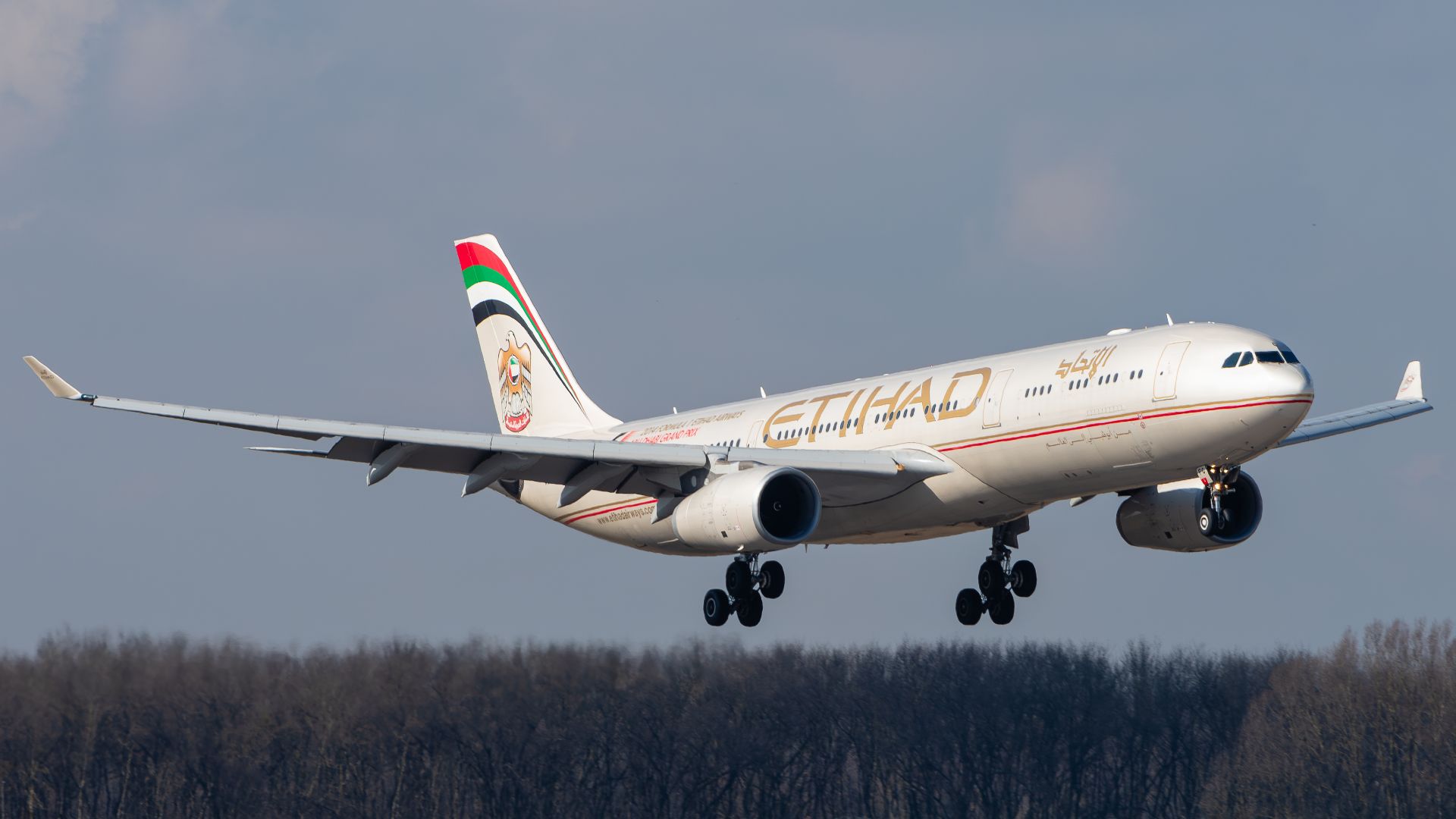 Julian Herzog (Website) on Wikimedia
Julian Herzog (Website) on Wikimedia
5. Singapore Airlines
Generally considered one of the safest carriers globally, they’ve only had one fatal accident in 2000 when a 747 took off from the wrong runway in Taipei during a typhoon. Their safety culture, pilot training, and aircraft maintenance set industry standards that others try to emulate.
6. Finnair
Europe's oldest continuously operating airline hasn't had a fatal crash since 1963. Over six decades of incident-free modern operations speaks to Finnish engineering culture and the kind of methodical, detail-oriented approach that keeps planes in the air properly.
7. Cathay Pacific
Hong Kong's carrier has an excellent record with only one fatal accident way back in 1972. Modern operations have been essentially perfect, and their maintenance facilities in Hong Kong are considered among the best in Asia.
8. Virgin Atlantic
Since launching in 1984, Richard Branson's airline has never had a fatal crash. Operating primarily long-haul routes on modern aircraft with British regulatory oversight provides advantages, but maintaining perfection for decades still requires doing everything right.
9. EVA Air
Taiwan's privately owned carrier has operated since 1989 without a single fatal crash. Their safety record rivals Singapore Airlines, and they maintain the same obsessive attention to detail that characterizes successful Asian carriers.
10. All Nippon Airways (ANA)
Japan's largest airline has had incidents but no fatal crashes in modern operations. Japanese corporate culture's emphasis on precision and protocol translates directly into aviation safety. Their maintenance standards are legendarily thorough, sometimes to the point where planes get pulled from service for issues other airlines might ignore.


